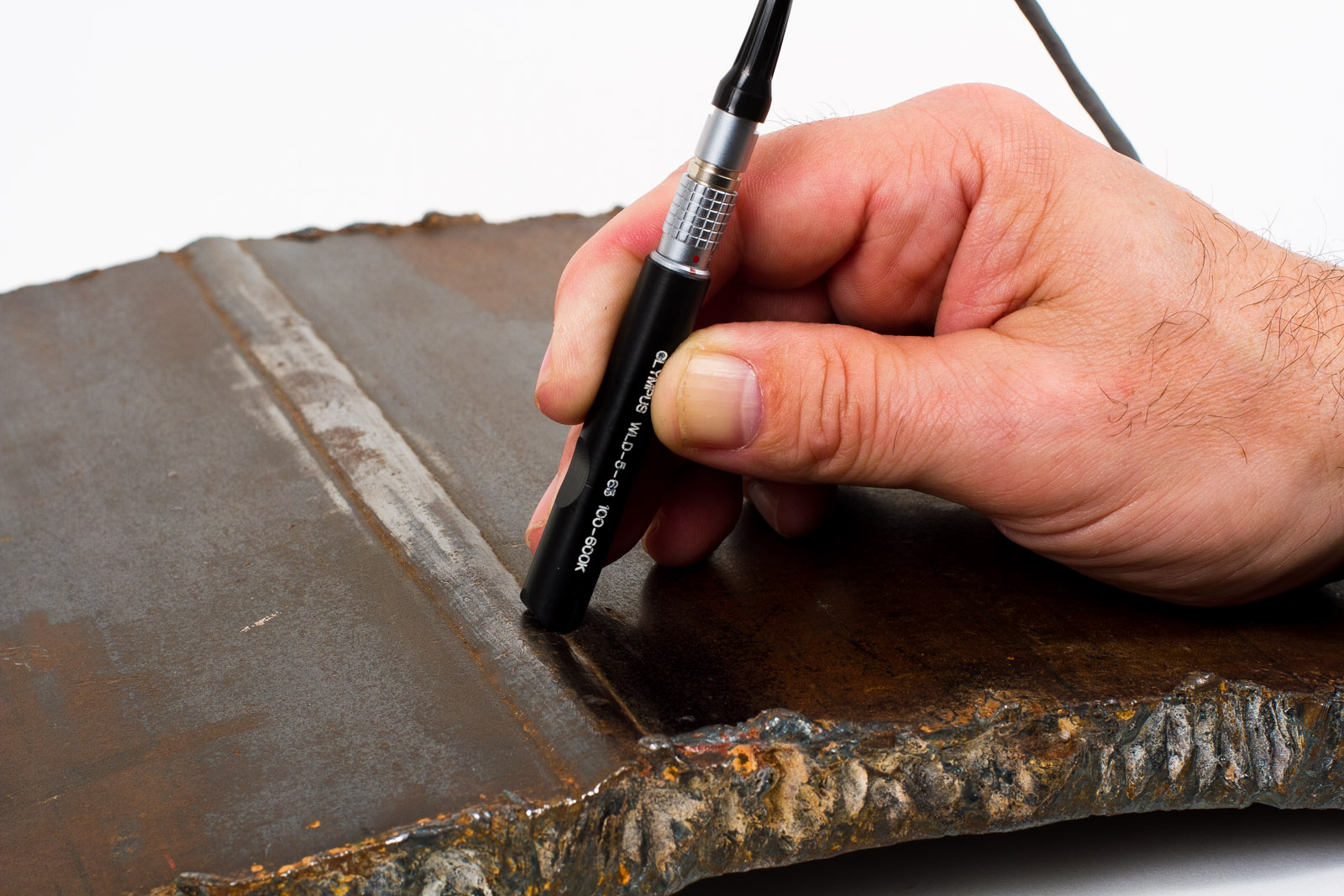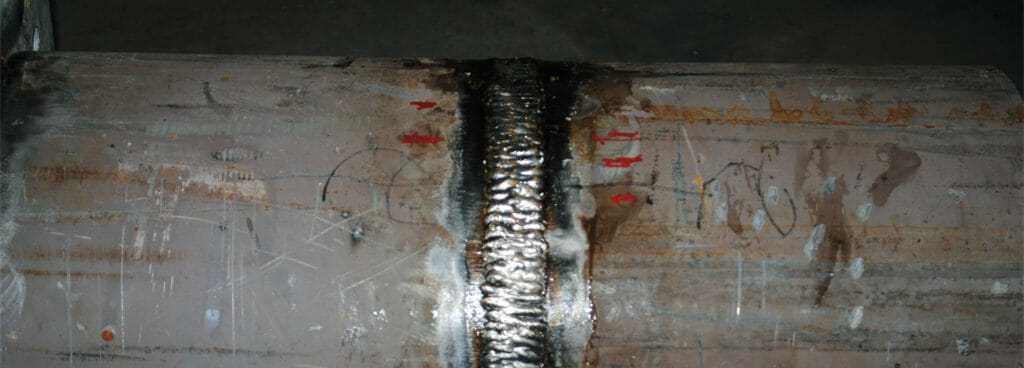A Comprehensive Guide to Welding Inspection Madison Standards
A Comprehensive Guide to Welding Inspection Madison Standards
Blog Article
The Relevance of Thorough Welding Inspection in Industrial Applications
In the realm of commercial applications, the significance of careful welding examination can not be overstated. It plays an important duty in making certain the structural honesty and durability of bonded elements. Advanced non-destructive screening methods enable the very early discovery of possible defects, such as cracks and insufficient combination, which, if left unattended, can bring about tragic failings. Moreover, adherence to rigorous sector requirements not only guarantees top quality but additionally constructs client self-confidence. As we discover the multifaceted benefits of attentive welding examinations, one need to consider the wider ramifications on safety and security, reliability, and cost-effectiveness in industrial operations.
Enhancing Structural Stability
When it comes to welding evaluation in commercial applications, improving architectural integrity is vital. The primary objective of welding examination is to make certain that the welds are qualified of birthing the anticipated loads and stresses they will run into in service.
The value of preserving structural stability in welded frameworks can not be overstated. Badly executed welds can result in catastrophic failings, causing expensive repair services, downtime, and also endangerment of human lives. Therefore, assessors play a vital duty in the lifecycle of commercial components, providing assurance that the welding process supplies the wanted strength and toughness.
Moreover, progressed modern technologies, such as phased selection ultrasonic screening and electronic radiography, offer enhanced abilities in discovering possible weaknesses, enabling corrective steps before problems escalate. By focusing on the stability of welds through careful inspection, industries can make certain functional performance and prolong the longevity of their framework.
Identifying Welding Issues
Determining welding problems is an important aspect of guaranteeing the safety and security and integrity of welded structures. These defects can jeopardize the integrity of the whole setting up and, if left unaddressed, might cause catastrophic failings. Common welding flaws consist of porosity, cracks, incomplete combination, and undercutting. Each of these issues arises from particular reasons, such as improper welding strategies, contamination, or poor warmth control.

Competent examiners use both aesthetic evaluation and advanced non-destructive testing (NDT) approaches, such as ultrasonic or radiographic testing, to discover these defects. The prompt recognition and correction of welding problems are critical to maintain the structural integrity and long life of commercial components.
Making Certain Conformity Standards
Preserving the integrity of bonded structures prolongs beyond identifying defects; it needs adherence to rigid conformity criteria. Compliance with recognized criteria, such as those supplied by the American Welding Culture (AWS) and the International Company for Standardization (ISO), makes sure that welds satisfy minimum security and high quality demands. These standards include a large range of requirements, consisting of product requirements, welding treatments, and credentials of welders. Adherence to these standards is critical to protect against structural failings, which can bring about disastrous effects in commercial applications.
Regular audits and examinations are vital in validating compliance. Inspectors have to have a check that thorough understanding of the relevant requirements and be experienced at utilizing various non-destructive screening (NDT) techniques to evaluate weld high quality. By guaranteeing that welding methods straighten with compliance criteria, firms mitigate the danger of non-conformity, which can cause lawful responsibilities and safety and security risks.
Furthermore, preserving compliance not only safeguards structural honesty yet also improves a company's reputation in the market. Stakeholders and customers are more probable to trust firms that continually demonstrate a dedication to top quality and safety via extensive compliance. Thus, ensuring compliance criteria is an important element in the effective implementation of welding in commercial applications.
Reducing Maintenance Costs

The application of sophisticated non-destructive testing (NDT) methods, including ultrasonic, radiographic, and magnetic particle evaluations, enhances the capability to discover subsurface flaws without jeopardizing the architectural integrity of elements. By using these methods, industries can substantially expand the solution life of their tools, decreasing downtime and the associated financial concern of upkeep tasks.
Furthermore, a robust welding evaluation program sustains the optimization of upkeep schedules, moving from reactive to predictive maintenance methods. This positive strategy not only cuts unexpected failings however additionally streamlines resource allowance, making sure that maintenance initiatives are focused and effective. Inevitably, the financial investment in strenuous welding inspection is offset by the considerable cost savings realized through lowered upkeep demands, contributing positively to the total operational efficiency of commercial ventures.
Improving Precaution
Welding assessment plays a vital duty in this context, as it ensures that all connections and joints meet rigorous safety and security criteria. Comprehensive examinations aid identify problems such as fractures, porosity, or insufficient blend that might jeopardize structural stability.
Methods like ultrasonic testing, radiographic screening, and magnetic fragment assessment allow for in-depth assessment without damaging the structure. Carrying out a robust top quality control system that includes regular training for welders and examiners ensures adherence to established security standards.
Last but not least, promoting a society of security within the organization emphasizes the value of comprehensive welding examinations. Urging open communication and cooperation among engineers, welders, and inspectors adds to a common dedication to safety and security quality. Welding Inspection Madison. In doing so, markets can safeguard their operations, protect workers, and preserve public trust

Verdict
Thorough welding inspection is crucial in industrial applications, significantly improving architectural honesty and reliability. By using sophisticated non-destructive testing approaches, potential welding flaws such as fractures and incomplete blend are recognized early, making sure conformity with sector requirements and promoting client depend on. Extensive assessments bring about reduced maintenance prices and add to a more secure working environment. Eventually, the diligent implementation of welding inspections plays an essential duty in maintaining operational efficiency and security in industrial settings.
As we discover the multifaceted advantages of persistent welding inspections, one should think about the wider implications on safety and security, reliability, and cost-effectiveness in commercial procedures.
The main goal of welding evaluation is to make certain that the welds are capable of birthing the anticipated tons and anxieties they will encounter in service. Efficient welding evaluation plays an indispensable function in reducing these costs by ensuring the honesty and long life of welds, thereby minimizing the risk of premature failures.Detailed welding assessment is crucial in commercial Welding Inspection Madison applications, significantly improving architectural stability and reliability. Inevitably, the attentive implementation of welding inspections plays an important duty in keeping functional performance and safety and security in commercial setups.
Report this page